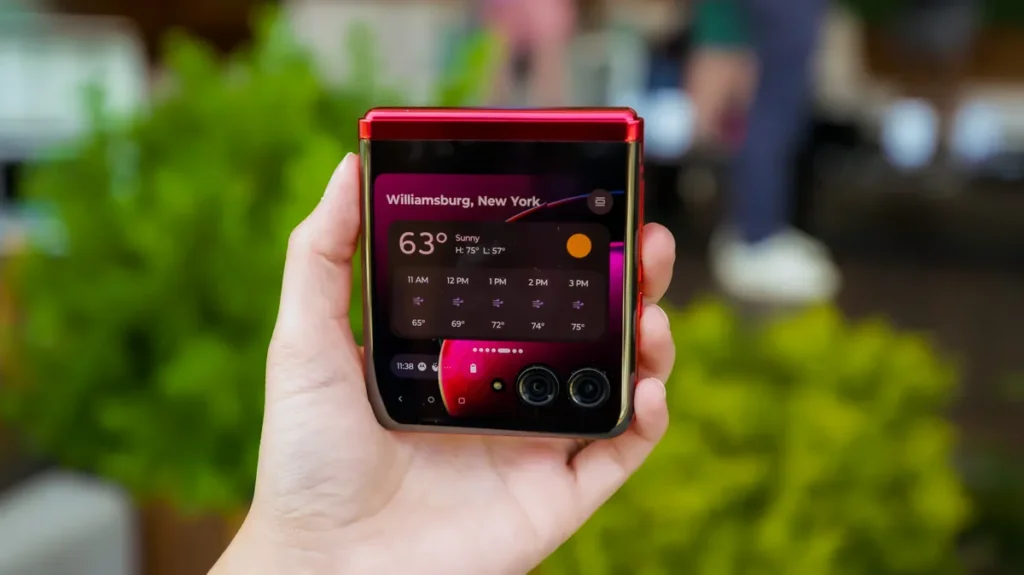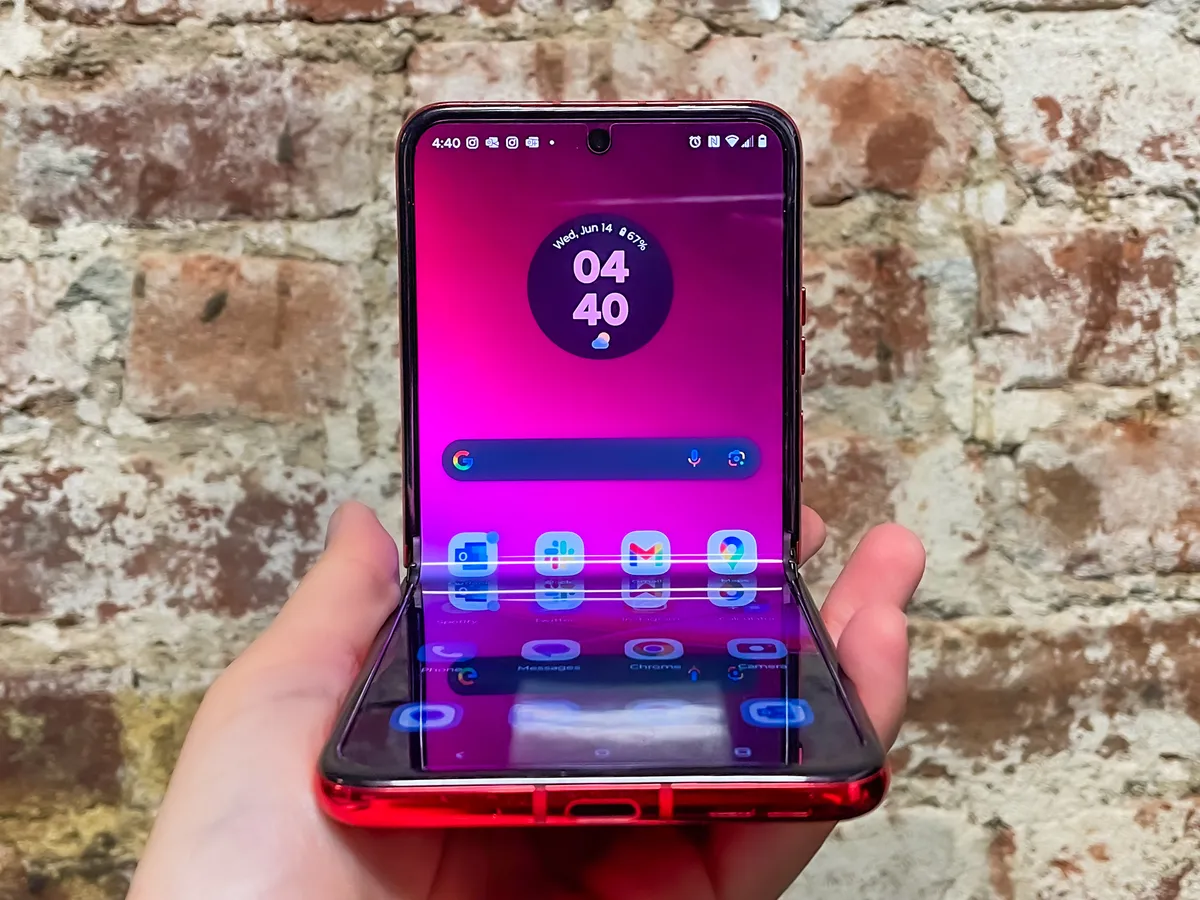
With the recent release of the Motorola Razr Plus, the company once again takes center stage in the clamshell foldable phone arena, showcasing the innovative “Peek Display” that spans half the device’s exterior. In the ever-evolving landscape of foldable phones, Motorola stands out by pushing the boundaries of design and functionality. The larger exterior display not only provides more space for apps and features but also introduces a new dimension to user interactions.
Phone manufacturers can draw valuable lessons from Motorola’s journey of iterating the Razr series. The evolution of features and design adjustments across multiple releases offers subtle hints. The introduction of a bigger screen is not merely about size but focuses on utility. The Razr Plus’ 3.6-inch outer display surpasses its predecessors and competitors, allowing for abridged versions of apps, video calls, and convenient shortcuts for media controls.
One notable aspect is the emphasis on useful screens rather than just larger screens. The initial Razr smartphone, released in 2019, featured a 2.7-inch exterior display with app shortcuts and innovative interactivity, setting the foundation for subsequent models. The introduction of shortcut controls proves more convenient for users, enabling them to perform actions without fully opening the phone.
Motorola’s exploration of external interactions aligns with the broader trend in the industry. Beyond clamshell foldables, various phone manufacturers have incorporated additional interactions beyond the primary display. From curved sides that light up to indicate notifications to LED glyphs on the back cover, the industry has experimented with diverse approaches. This inclusivity extends even to conventional phones, showcasing the potential for additional screens to enhance user experiences.



